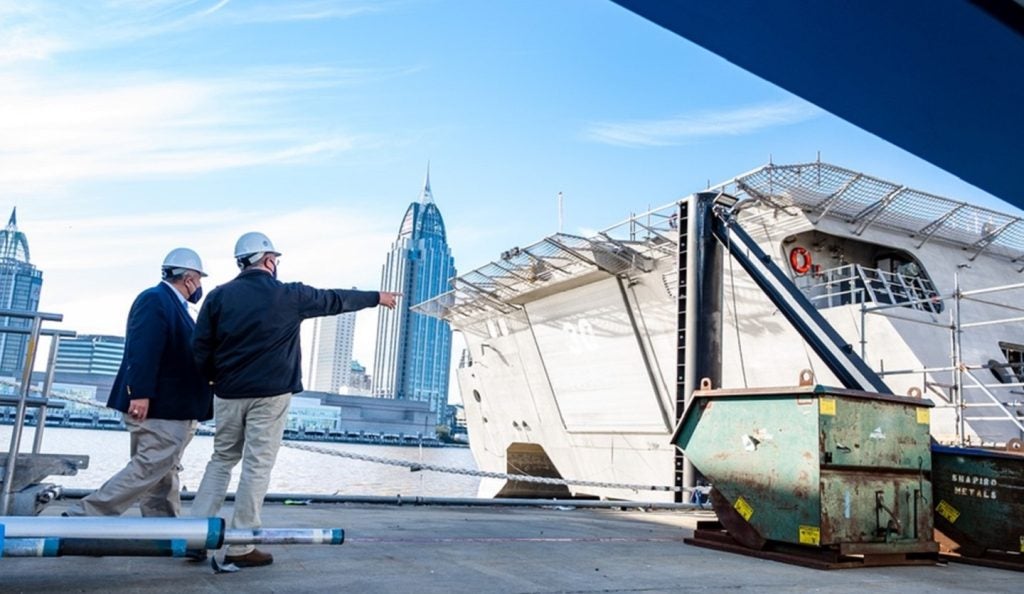The US naval industrial base is struggling to deliver the surface fleet at a pace that meets the Navy’s requirements amid an uncertain geopolitical environment, and the US Government Accountability Office (GAO) says this comes down to their lengthy design practices.
Computing power and digital design capabilities have rapidly changed in the last 15 years since the GAO last identified the US Navy’s design practices.
In their recent report to Congress and the US Secretary of the Navy, Carlos del Toro, the government watchdog compared the success of commercial shipbuilding design practices with the Navy’s, for which it observes “significantly longer design and construction cycle times for its… lead ships.”
Commercial versus Navy ship design
The GAO found that leading commercial ship buyers and builders prioritise shorter, predictable periods for design and construction, which result in delivering timely ships that meet current user needs.
Key differences between commercial companies’ and the Navy’s ship design practices contribute to the slower pace and less predictable cost, schedule, and performance outcomes for Navy shipbuilding programmes. Leading design practices involve:
- effective management of a ship’s business case—a reflection of the balance of customer needs and the resources needed to develop and produce the ship; and
- focus on efficiently maturing new ship designs to better inform decisions on schedule, cost, and performance. This includes using consistent, meaningful design maturity measures to determine readiness to move from design to construction.
A potential conflict in the Indo Pacific
Governments across the Western world are prioritising faster delivery of platforms and equipment. So much that the UK announced it will only procure off the shelf systems for exportability and delivery in a timely manner.
The US Navy face a mounting problem as its strategic posture in the Indo Pacific intensifies. So too does its requirement for a credible deterrence in what is currently a grey zone conflict against China, whose Navy transgresses the limits of the liberal international order.
In an exclusive, Mark Cancian, a senior fellow at the Washington-based Center for Strategic and International Studies, told Naval Technology that the US Navy largely constructed the Constellation-class frigate programme, more cheaply than the previous Littoral Combat Ship class, in response to “contested logistics… which is something the United States has not had to deal with since 1945.”
“[They’re] going to have to escort ships across the oceans. That’s going to take a lot of ships and it’d be nice to have three or four DDG 51s in a convoy, but that is just not gonna happen, it’s just not enough.”









